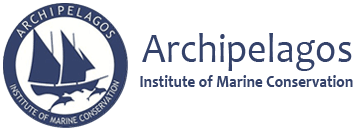The last half year, the GIS-team was working out a method for seagrass mapping. 


The research discovered more revealing results. The positioning of the seagrass meadows is related to the island evolution since the last 21 kyr (Last Glacial Maximum). Paleo-climatological conditions showed the past distribution and possible formation of an ecological corridor for the last 21 kyr. 
The main function of seagrass meadows are ecological and food supply services. In the SE-Aegean Sea the Posidonia Oceanica meadows are the major carbon stock source. The report of the GIS-team addresses the problems facing Posidonia Oceanica in the SE-Aegean Sea. Urgent mapping and conservation is necessary to conserve important habitats for anthropogenic influences.
Tim Grandjean, University of Amsterdam


